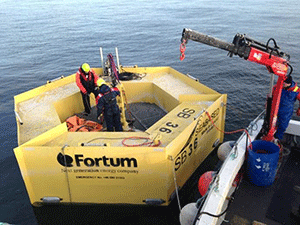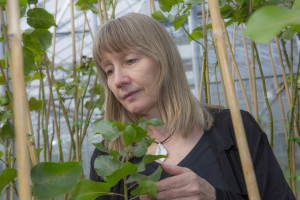
Sweden, a world leader in clean energy solutions, is make new innovations in harnessing the energy of wave power.
In an effort to combat the detrimental effects of climate change, countries around the world are looking for the next big thing in energy. In Sweden, part of that answer may be in buoys drifting in the ocean.
For the first time, Wave Energy Converters the Sotenäs Wave Power Plant on the Swedish West Coast is generating electricity and transporting it to the Swedish grid through buoys.
This from Seabased:
The connection of the six meter diameter buoys to the corresponding linear generator Wave Energy Converters on the seabed represents the final step in bringing each unit on line, together making up a system establishing many World firsts, including the world’s first multiple unit wave power plant and the world’s first subsea generator switchgear.
Read the full article.
Currently, Sweden is one of the global leader in clean energy solutions. Since the country’s oil crisis in the 1970s, the country has transitioned from an energy infrastructure from 70 percent dependency on oil to just a 20 percent dependency.
“This is a very significant achievement,” said Mats Leijon, CEO of Seabased. “We are very happy to have come this far and I wish to thank Fortum and the Swedish Energy Agency for their confidence and support all throughout this, sometimes tough, journey.”






